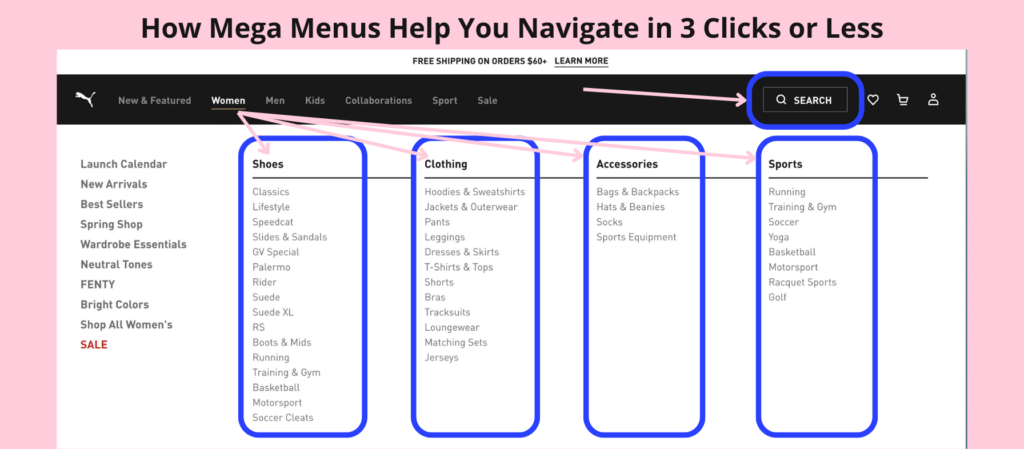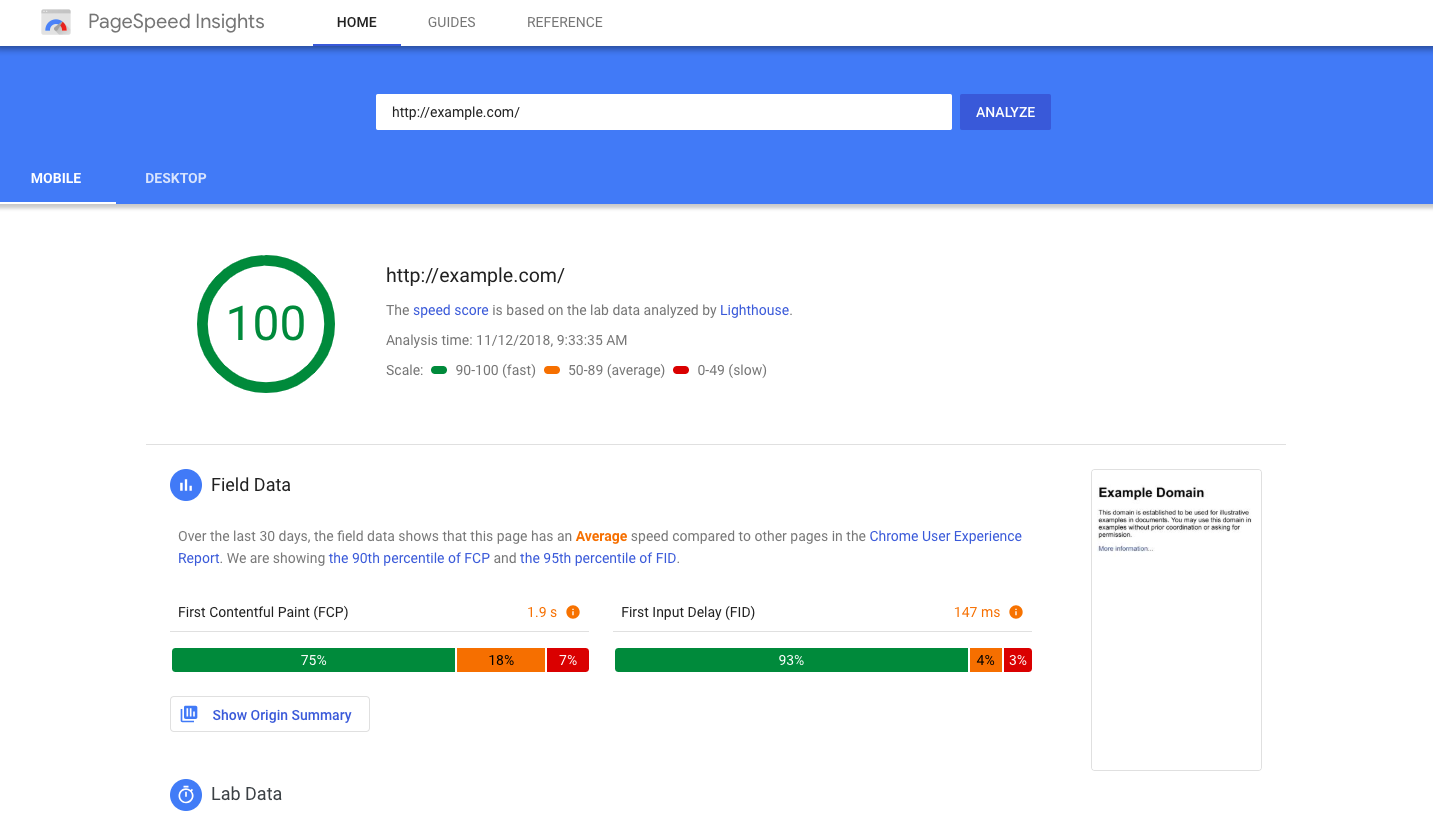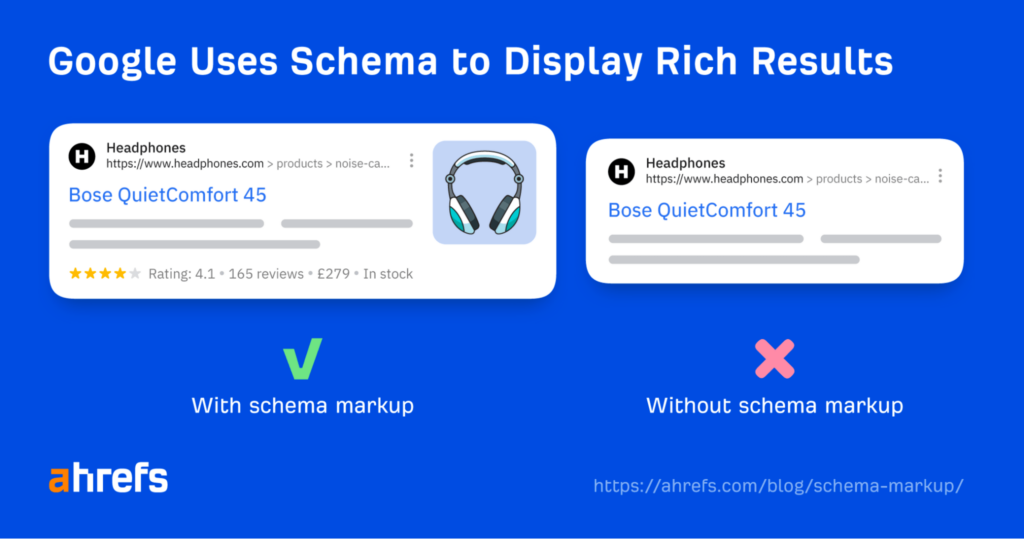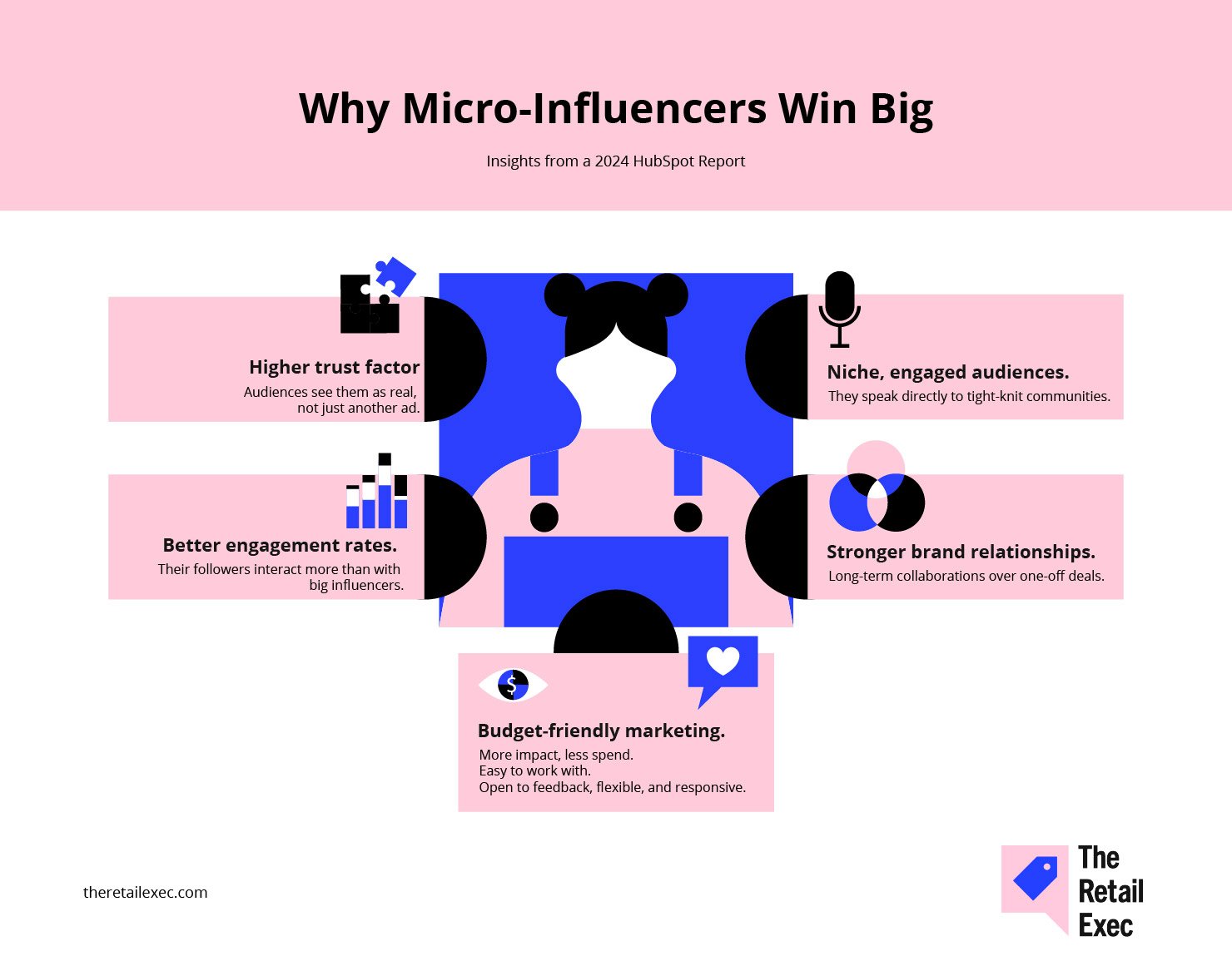Put a finger down if your ecommerce store is more ghost town than traffic jam.
Put a finger down if you worry about burning through money or not investing enough.
Put a finger down if these acronyms look like an alphabet soup explosion: SEO, PPC, CRO.
Put a finger down if… ok, you get the idea.

You’re running out of time, patience, and quite possibly—a lot of money—figuring out how to grow your business online.
Which tools are actually worth the investment?
What the hell is “skibidi toilet rizz”? (Also, do you really need to dance on TikTok to drive traffic?)
And for the love of all that is holy, where do you even start?
I get it. I've been there. And that's why I'm here. I built a thriving online business from the ground up, investing wholly in digital marketing as a growth strategy.
This guide distills those lessons—the successes, the failures, and everything in between—into a clear, actionable plan to establish a strong online presence for your business.
How to Approach Ecommerce Growth the Right Way
I don’t say this to scare you, but 90% of ecommerce startup businesses fail in under four months.
For real growth, product-market fit comes first. If people don’t want the product, no SEO or ads will fix that.
When you’re starting out, it’s tempting to throw money at the problem—even if you can’t afford it—and chase vanity metrics that make it seem like you’re growing.
My thrift store on Instagram never crossed 5,000 followers, but we had sky-high conversion rates because we built a loyal customer base who trusted us.
We sold 1000+ items to glowing reviews, and only focused on Instagram as a marketing strategy to reach our target audience.
The most important coincidental trend that directly fed our growth was the rise of mobile commerce in 2020.
People were home—bored, half-drooling, and scrolling on their phones—so we gave them reason to shop directly through social media with little effort.
The trick of the trade is to focus on intentional growth.
Ben Goodey, CEO of Spicy Margarita, and founder of How The F*ck helps companies grow their online presence organically. His key advice—don’t spread yourself too thin and burn out.
His key advice—don’t spread yourself too thin and burn out.
You first need to know how companies in your industry typically grow.
If your audience is never on Instagram, you don’t need Instagram. Do some research and pick one or two channels to start with.
More than that, you’ll burn out and do all of them badly.
In reality, you only need one channel performing SUPER well to take a company from 0 business growth to humming along.
Only then should you think about where your next growth should come from.
How to Grow Your Online Business in 6 (+1) Essential Steps
From inside the brains of 50+ ecommerce experts, plus my mother and I, we’ve got a lot of ground to cover.
In every step, you’ll find a conductive thread that leads back to the most important philosophy of running any business: keep your customers happy, and growth will follow.
Step 0: Optimize your backend processes for frontend success
Sort out your inventory first. Because you can't sell what you don't have.
My mother knows the pain of promising an item to a customer only to return to the chat and say, ‘Actually, we don't have that in stock anymore.’
You think you're just losing a sale, but if this happens often, you're losing something far more valuable than money: trust.
And if you're managing perishable inventory, this risk runs even higher.
“Customers value clear product information, dependable delivery, and quality assurance,” says Angelo Conti, supply chain manager at Maine Lobster Now.
Keeping inventory updated and ensuring timely shipments helps build trust and encourage repeat purchases.
If you don’t have real-time visibility into your stock levels, it’s time to invest in a solid inventory management solution:
Oh, and before you lease out a massive warehouse to store all your bestsellers, take heed of SurveyKing’s Allen Fransten’s advice:
When you're scaling an ecommerce business, taking on a mortgage for a warehouse or retail space can seem like a smart move.
But the biggest mistake is over-leveraging.
Just because you can get approved for a big loan doesn’t mean you should. Growth should be sustainable, not a gamble.
Factor in market fluctuations, interest rates, and worst-case scenarios before signing anything.
Step 1: Build a high-converting ecommerce website
According to Feedvisor, lower prices (29%), convenience (21%), free shipping (14%), product availability (7%), and good customer service (7%) are the top five reasons consumers choose to shop online—so your website needs to deliver on these expectations.

A pretty website with pretty products doesn’t do the trick—unfortunately. There needs to be an unrelenting focus on excellent user experience at every decision level.
Challenges you'll face (and how to fix them)
❌ PROBLEM: If you don’t prioritize intuitive search and navigation, customers will bounce. The question you need to answer here is: “How easy is it to find stuff?”
✅ Use a “mega menu,” for example. Instead of just "Tops," use categories like "Shirts," "Blouses," "Sweaters," and "Tank Tops." Implement faceted search so users can filter by size, color, brand, and price.
✅ A prominent search bar on every page is also essential.

❌ PROBLEM: Another major problem is slow loading speeds. Customers expect fast performance—any longer than three seconds, and they’re out.
✅ Compress all images before uploading them to your site. Use a tool like Google PageSpeed Insights to improve performance.
✅ If you're not tech-savvy, consider hiring a web developer to optimize your site's performance.

❌ PROBLEM: Your product pages are your online sales reps, and they need to do their job well. If they don't, you're losing potential revenue.
✅ Use high-quality images and videos showcasing your products from multiple angles.
✅ Write detailed product descriptions that highlight benefits, not just features. For example, instead of saying "This shirt is made of 100% cotton," say “This breathable cotton shirt will keep you cool and comfortable all day long.” Include a size chart and customer reviews.
✅ Clearly display product availability (e.g., “In Stock,” “Limited Stock,”“Pre-order”).
✅ Consider adding a “related products” section to encourage additional purchases.
❌ PROBLEM: Choosing the wrong ecommerce platform can limit your growth and make it difficult to manage your online store.
✅ Research different ecommerce platforms (Shopify, WooCommerce, BigCommerce, etc.) and choose one that fits your needs and budget. Consider factors like ease of use, features, scalability, and pricing.
Tools to grow your online business
If you’re new in town, check out our list of the top 10 hottest ecommerce platforms on the market:
So, you know what makes a high-converting ecommerce website. The next step is to actually build one.
For many entrepreneurs, especially those just starting out, a website builder offers the perfect balance of ease of use and functionality.
Like these top 10 website builders we’ve rounded up just for you:
No budget? No problem. We rounded up the best free ecommerce website builders so you can get your store up and running without breaking the bank.
Step 2: Invest in search engine optimization (SEO) for ecommerce success
Almost 70% of “online experiences” start with a search engine.
Think about it: when you want that perfect pair of red fuzzy slippers, what do you do? You Google it. And the search results at the top of the page? Ding, ding, ding! That’s where the money’s at!

SEO is not optional for ecommerce business owners. Just ask Matt Behenke, CEO of Orthotic Shop:
We know that without SEO, we can't maintain organic visibility in a crowded ecommerce market.

They're not just throwing words around; they're walking the walk.
Their “Comfort Shoe Blog,” filled with helpful guides on foot health and orthotics, has brought in over 30% of their organic traffic and boosted their rankings for competitive keywords.
That's the power of SEO in action.
I also tapped Eric Doty—the one-man marketing team at Dock—who’s helped build several businesses online.
Before getting into the whole rigamarole of SEO at large, he says, think about one question:
How is my website going to be found by search engines and people?”
Fill out all your business citations online. So, if you’re a real estate agent, fill out the local online directories and set up a free profile wherever your industry allows.
Google needs to know that you’re not some random site that popped up out of the blue.
Those early link signals are super important for search engines to acknowledge you exist. Both on-page and off-page SEO work in tandem.
Get the quick wins in first.
Most young businesses don’t know where to start with SEO. There’s three kinds: on-page, off-page, and technical.
Let’s do a quick checklist for each.
I. On-page SEO
This is about optimizing the content on your website.
☐ Keyword research: Have you identified the keywords your target customers are using? Use tools like Google Keyword Planner to find relevant keywords with decent search volume
☐ Title tags and meta descriptions: Are they compelling, keyword-rich, and unique for each product page?
☐ Product descriptions: Are they detailed and engaging? And do they highlight benefits, not just features?
☐ Image optimization: Are all images of high quality? Do they load quickly and have descriptive alt text?
☐ URL optimization: “yourstore.com/womens-red-suede-ankle-boots-size-7” is better than “yourstore.com/product123,” for example.
☐ Header tags (H1-H6): Are they used to structure content and incorporate keywords?
☐ Mobile-friendliness: Test your site on different mobile devices. Make sure images resize properly and the navigation is easy to use on a small screen.
☐ Internal linking: Are you linking between relevant pages on your site (e.g., related products)?
🧠 Pro tip:
Google says mobile-friendly sites show up higher in search results. And if your website is not it, visitors are five times more likely to say adios.
So, what does it mean to be mobile-friendly?
It means your website automatically adapts to different screen sizes, that images resize properly, that the navigation is easy to use on a small screen, and that everything loads quickly, even on a mobile connection.
Bonus points if you’ve optimized your website for one-thumb use!

II. Off-page SEO
This is about building your website's authority through external factors.
☐ Content marketing: Are you creating valuable, high-quality content (blog posts, videos, etc.) that attracts links and shares?
☐ Link building: Are you actively building high-quality backlinks from reputable websites?
☐ Social media: Are you engaging on social media platforms and driving traffic to your website?
☐ Brand mentions: Are you tracking mentions of your brand online and addressing any negative feedback? Use Google Alerts to track mentions of your brand and engage with people who are talking about you online.
☐ Local SEO (if applicable): Are your business listings consistent across online directories? List your store on Google My Business, Yelp, and other relevant online directories. (Thanks, Eric!)
BTW, online content has a notoriously short lifespan. On average, it's about a three-day wonder.
So, focus on evergreen content—the stuff that stays relevant and valuable for months, even years, after it's published.
A study of Parse.ly’s content network showed that over half of the top 100 sites get more than 5% of their page views on evergreen content.
Here are some ideas to rev up your content strategy:
- Create comprehensive guides. These are the in-depth resources that become go-to references for your target market. Think:
- "The Ultimate Guide to [Your Niche]"
- "Everything You Need to Know About [Your Product Category]"
- Answer FAQs. What questions do your customers ask over and over? Create blog posts or FAQs that answer these questions thoroughly. This not only helps your customers but also drives organic traffic from people searching for those answers. Great examples:
- "How to Clean Your Leather Boots"
- "What's the Difference Between Arabica and Robusta Coffee?"
- Create "how-to" content. People are always looking for instructions. Create tutorials, step-by-step guides, or video demonstrations on how to use your products or solve common problems. Classic, evergreen examples include:
- "How to Tie a Tie"
- "How to Install Your New Smart Thermostat"
Our content marketing tool recs
Oh, and if you’re lost in the weeds of SEO but just want to focus on content, here’s exactly what you need—our list of the top 10 content marketing platforms for 2025 and beyond:
III. Technical SEO
This is about making sure your website is technically sound for search engines.
☐ Site speed: Use tools like Google PageSpeed Insights to identify areas for improvement. Compress images, minify CSS and JavaScript, and leverage browser caching.
☐ XML sitemap: Generate an XML sitemap using a sitemap generator tool and submit it to Google Search Console.
☐ Robots.txt: Make sure your robots.txt file isn't blocking important pages from being crawled.
☐ HTTPS: Example: Make sure your website has an SSL certificate and is accessible via HTTPS.
☐ Structured data: Use schema markup to provide search engines with more information about your products, such as price, availability, and reviews.

(Just hire a developer for this last bit. Really.)
Step 3: Use social media to drive traffic and sales
The biggest chunk of internet users around the world (33.8%) are 25-34-year-olds.
And they’re hanging out on YouTube, Instagram, TikTok, Snapchat, Reddit, LinkedIn, and Pinterest.
You know what they say—go where your audience is. Do your market research to build a rock-solid social media presence. For me, Instagram was key.
It's visual, it's where the fashion-conscious thrifters are, and it's perfect for showcasing unique vintage finds.
Challenges you'll face (and how to fix them)
❌ PROBLEM: As visual as social media might be, the “spray and pray” approach with pretty pictures won’t work—trust me.
✅ Create engaging content. Nobody wants to see a constant stream of product ads. Mix it up!
- Tutorials. Show your audience how to use your products.
- Behind-the-scenes (BTS) videos. Give your followers a glimpse into your company culture or the product creation process. I regularly posted my dogs lounging about when I packed orders, and they quickly became an adorable hit!
- Product launches. Build excitement for new product releases with teasers, countdowns, and exclusive previews. "New vintage drop this Friday! Turn on your reminders!”
- User-generated content. Encourage customers to share photos of themselves using your products. This builds social proof and creates a sense of community. I regularly posted customer review photos to my stories so potential customers (the lurkers) could be assured that we were indeed a legitimate business with happy fans.
✅ Leverage social media ads. Social media advertising allows you to reach a highly targeted audience based on demographics, interests, and behaviors. It's like sending personalized invitations to your ideal customers. I've found that boosted posts on Instagram, targeting people interested in vintage fashion and thrifting in my local area, can be really effective.
✅ Try out influencer marketing. Partnerships with relevant influencers can expose your brand to a wider audience. They might give you the ick, but influencers are important to Gen Z shoppers—74% of whom spend the majority of their free time online, and rely primarily on influencers to discover new products.
🧠 Pro tip:
Micro-influencers (those with smaller, highly engaged followings ranging from 10k-100k) are gold for niche markets. They are a must for helping you grow your online business outside of SEO.
They're often perceived as more authentic and relatable, and their followers trust their recommendations as much as they would trust a friend’s.

✅ Explore social commerce platforms. Social commerce platforms allow you to sell directly within social media apps. This makes it incredibly convenient for customers to purchase your products.
Tools to grow your online business
Check out our top 10 picks for social commerce platforms to find the perfect fit for your business.
Step 4: Retarget customers with email marketing
Not everyone who visits your online store is going to make a purchase right away. They might get distracted, they might compare prices, or they might just need a little nudge to seal the deal.
That's where the magic of email marketing comes in, especially when combined with smart retargeting strategies.
Believe it or not, 81% of small and medium business professionals say email marketing helps them hold on to, and find new customers.
Challenges you'll face (and how to fix them)
❌ PROBLEM: But sending generic, mass emails to your entire list is like shouting into a crowd. You might get some attention, but you're not likely to make many sales.
✅ Segment your audience. Segment your email list based on demographics, purchase history, browsing behavior, or any other relevant criteria. This allows you to send highly targeted messages that resonate with each segment. For example, create separate segments for new subscribers, loyal customers, and those who have abandoned their carts.
✅ Boost sales with visually appealing campaigns. Your emails should be pretty and easy to read. Use high-quality images, a clear call to action, and a mobile-friendly design. Nobody wants to read a wall of text.
✅ Automate your email campaigns. Email automation takes the grunt work out of email marketing. Set up automated email sequences that are triggered by specific actions or events. This allows you to nurture leads, recover abandoned carts, and promote special offers without having to manually send each email.
Tools to grow your online business
Explore our top 10 recommendations to find the perfect email marketing platform for your new business’s needs:
Step 5: Focus on customer-oriented delivery and excellent customer service
The customer journey doesn't end at checkout.
For a truly rewarding customer experience, you need to focus on customer satisfaction right up until they’re ready to write you a glowing testimonial. And come back to buy more.
Investing in long-term customer loyalty is one of the most effective strategies to grow your online business.
For our thrift store, we didn’t have a lot of cash to play around with, but absolutely everything—from our eco-conscious packaging to round-the-clock customer support—was laser-focused on one thing: “Will our customers enjoy this experience?”
And I’m not the only one who says this...
Too many brands focus on front-end marketing but neglect to invest in robust logistics.
When shipping delays or stockouts hit, customers lose trust and your online reputation takes a hit—often overnight.
To avoid this, build a scalable 3PL network early, so your operations can handle growth seamlessly, no matter how fast your sales ramp up.
Challenges you'll face (and how to fix them)
❌ PROBLEM: Treating delivery and customer service as afterthoughts is a huge mistake, especially because a new customer can cost anywhere from five to twenty-five times more than an existing one, according to most statistics.
✅ Make shipping a delight. Offer a variety of shipping options to cater to different needs and budgets. Provide transparent tracking information so customers know exactly where their order is. And consider adding a personal touch to your packaging. Even a small detail like a handwritten thank you note or a little sachet of lavender can make a big difference.
✅ Go the extra mile. Think about how you can exceed customer expectations. For my thrift store, if a customer mentioned they were looking for a specific item, I made a note of it and messaged them directly even if I managed to source the item. I even referred them to other businesses that would have the item in stock because my priority was establishing myself as a trusted friend—not a faceless business.
✅ Provide stellar customer service. Make it easy for customers to get in touch with you if they have questions or concerns. Offer multiple channels of communication, such as email, phone, and live chat.
And most importantly, be empathetic. Put yourself in the customer's shoes and try to understand their perspective.
Tools to grow your online business
Focus on growing your business and leave the logistics of shipping to these market pros:
You know what would’ve helped me field customer queries at 3 AM? A dedicated customer service software solution like these 10 bad boys here:
Step 6: Explore paid advertising to boost sales
Organic reach is great, but sometimes you need a little extra push to get your products in front of the right people.
A pay-per-click (PPC) ad returns $2 for every $1 spent—a stunning ROI of 200%! (So yes, they’re worth the investment.)
Platforms like Google Ads and Facebook Ads—with the highest-reported ROI rate for paid channels—are powerful tools for targeting options, allowing you to reach hyper-specific audiences and boost your ecommerce sales.
Challenges you'll face (and how to fix them)
❌ PROBLEM: Don’t just throw money at ads and host a prayer circle—you need a methodical marketing campaign.
✅ Define your target audience. Before you even think about creating an ad, you need to know who you're trying to reach. What are their demographics? What are their interests? What are their pain points? The more specific you are, the more effective your ads will be.
✅ Choose the right platform. Fish where the fish are. Google Ads is great for reaching people who are actively searching for products like yours. Facebook Ads is better for reaching people based on their interests and demographics, even if they're not actively looking to buy.
✅ Target specific keywords. Choose keywords that are relevant to your products and that your target audience is likely to search for. Use a combination of broad and long-tail keywords to maximize your reach.
✅ A/B test your ads. Experiment with different ad copy, images, and targeting options. A/B testing allows you to compare different versions of your ads and see which ones perform best.
Tools to grow your online business
Take programmatic advertising to the next level.
Demand side platforms (DSPs) allow you to automate your ad buying across multiple ad exchanges, giving you access to a wider inventory and more precise targeting.
Here are our top 10 picks:
The Million-Dollar Question: What Now?
The beauty of ecommerce is that you can start small and scale intelligently.
My thrift store story wasn’t unique—countless small businesses are thriving online by focusing on their niche, understanding their customers, and delivering value consistently.
Your next steps:
- Audit your current operations against the checklist we've provided.
- Pick ONE area from this guide to focus on for the next 30 days.
- Set specific, measurable goals for that area.
- Test, measure, and adjust your approach based on real-time data.
The key is to start implementing—not tomorrow, not next week, but today. The truth is, there's never been a better time to start and grow your online business.
Yes, the competition is fierce. Yes, the learning curve can be steep.
But with the right approach and a commitment to continuous improvement, you can build something remarkable.
The world of ecommerce moves fast—and so do you. Subscribe to our newsletter with the latest insights for ecommerce managers from leading experts in the industry.




